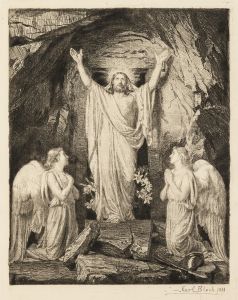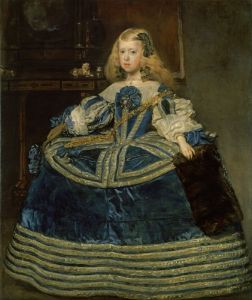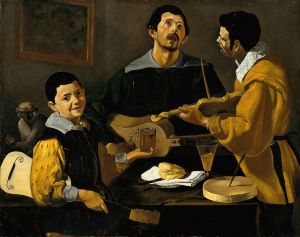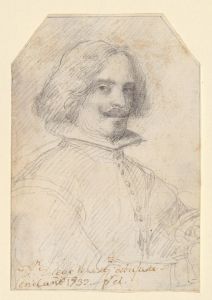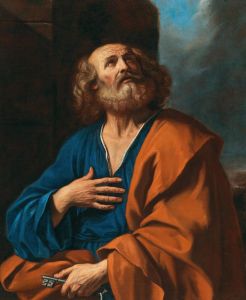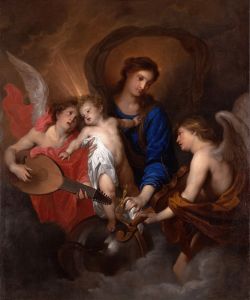
Saint Rufina
A hand-painted replica of Diego Velázquez’s masterpiece Saint Rufina, meticulously crafted by professional artists to capture the true essence of the original. Each piece is created with museum-quality canvas and rare mineral pigments, carefully painted by experienced artists with delicate brushstrokes and rich, layered colors to perfectly recreate the texture of the original artwork. Unlike machine-printed reproductions, this hand-painted version brings the painting to life, infused with the artist’s emotions and skill in every stroke. Whether for personal collection or home decoration, it instantly elevates the artistic atmosphere of any space.
Diego Velázquez, one of the most prominent painters of the Spanish Golden Age, is attributed with the creation of a painting titled Saint Rufina. This artwork is believed to depict Saint Rufina, a Christian martyr from Seville, Spain, who, according to tradition, was executed in the 3rd century for refusing to renounce her faith. Saint Rufina, along with her sister Saint Justa, is venerated as one of the patron saints of Seville.
The painting portrays Saint Rufina in a solemn and contemplative pose, holding a ceramic jar, which is a traditional attribute associated with her. This object symbolizes her connection to the craft of pottery, as she and her sister were said to have been potters by trade. The depiction of Saint Rufina in Velázquez's work reflects his mastery in capturing human emotion and the spiritual intensity of his subjects.
The attribution of Saint Rufina to Velázquez has been a subject of scholarly discussion. While some art historians firmly attribute the painting to Velázquez, others have debated its authorship due to stylistic differences compared to his other works. Despite these debates, the painting is often included in discussions of Velázquez's oeuvre and is considered an example of his early work, possibly created during his time in Seville before moving to Madrid.
The painting is currently housed in the Museo de Bellas Artes in Seville, Spain. It is part of the museum's collection of works by Spanish masters and serves as an important representation of Velázquez's connection to his native city. The artwork is admired for its delicate rendering of textures, the naturalistic portrayal of the saint, and its subdued yet evocative color palette.
Due to the limited documentation surrounding the painting's creation and history, many details about Saint Rufina remain uncertain. However, its association with Velázquez and its subject matter continue to make it a significant piece in the study of Spanish Baroque art and religious iconography.







